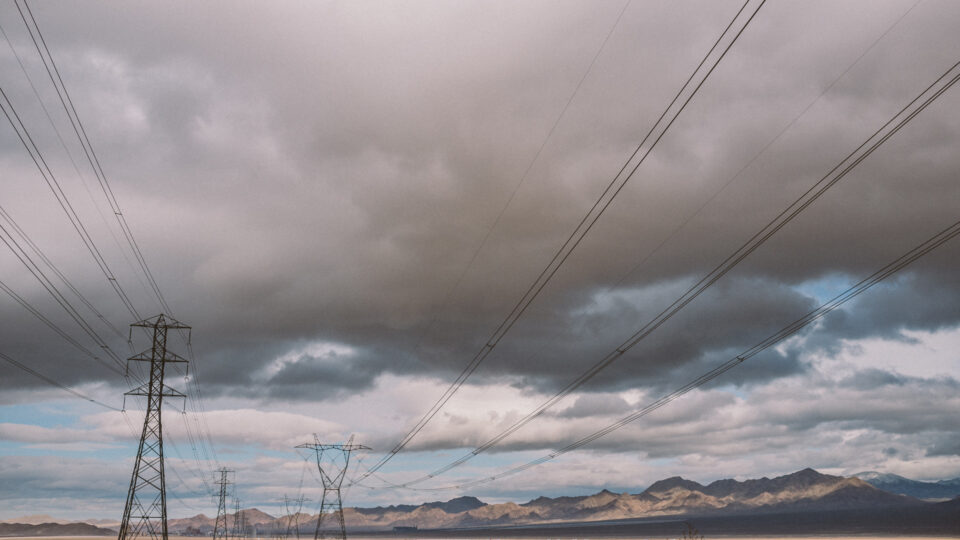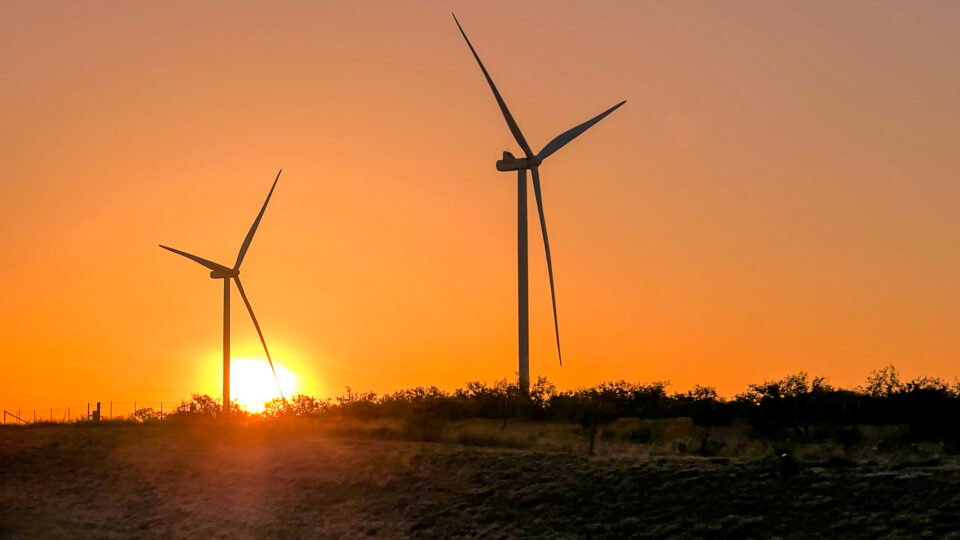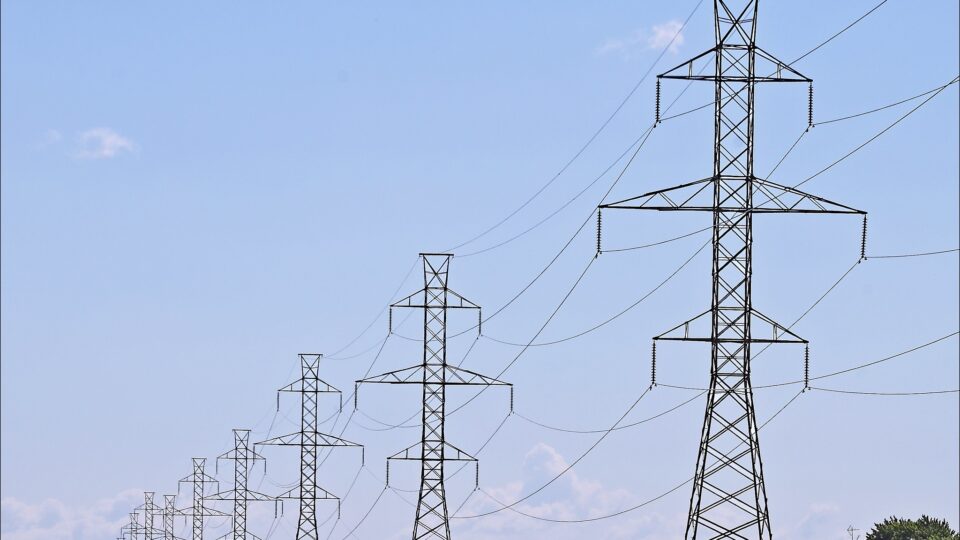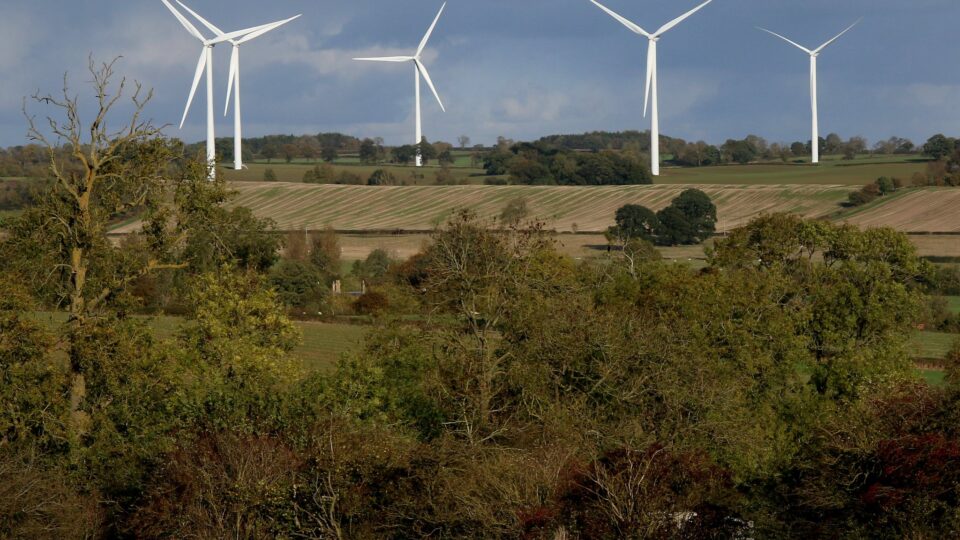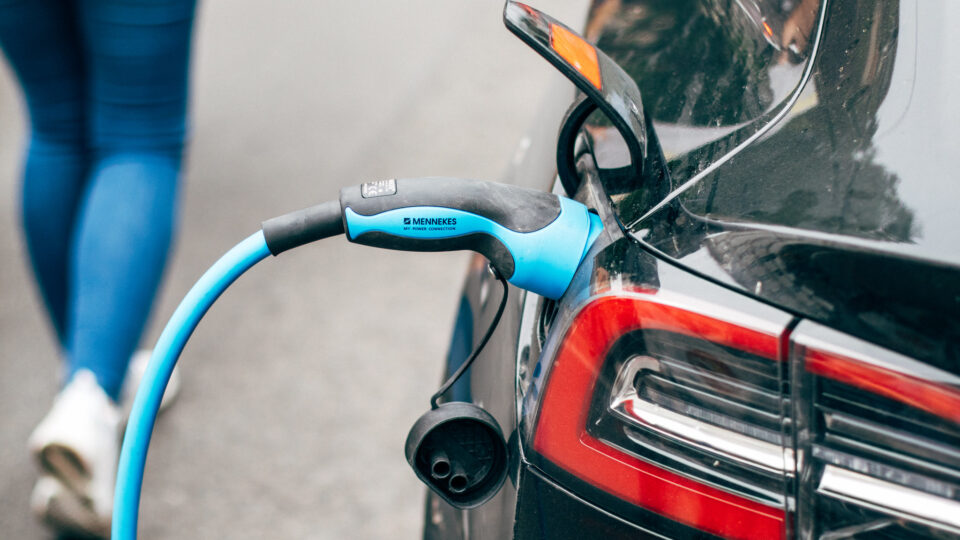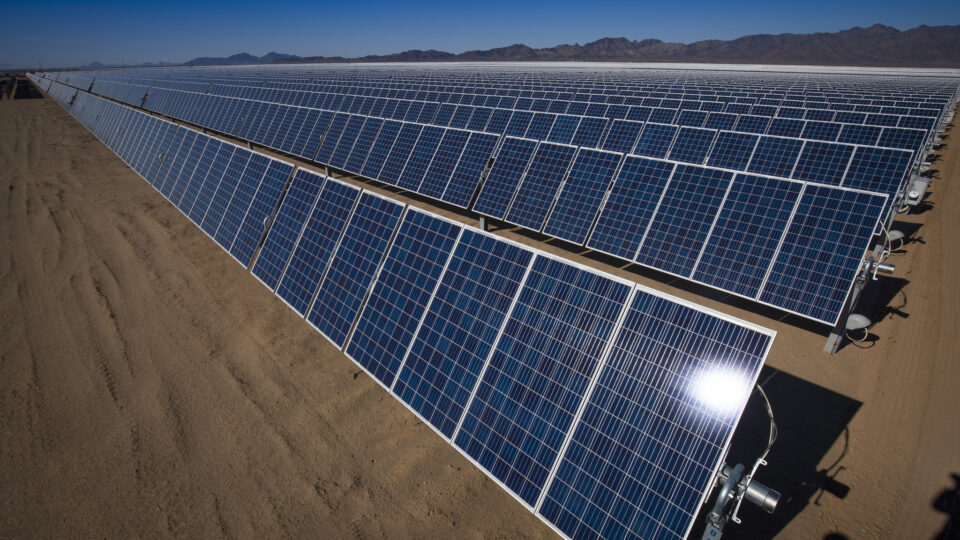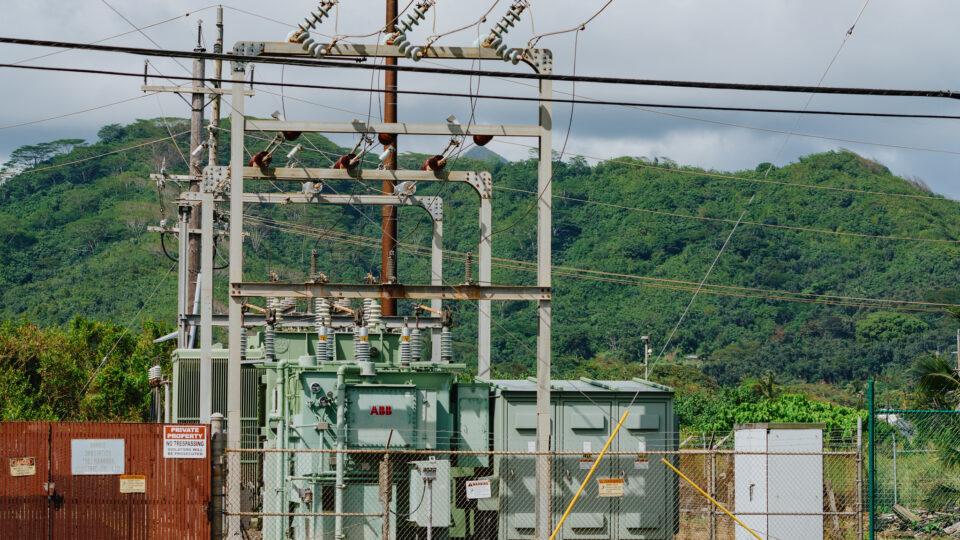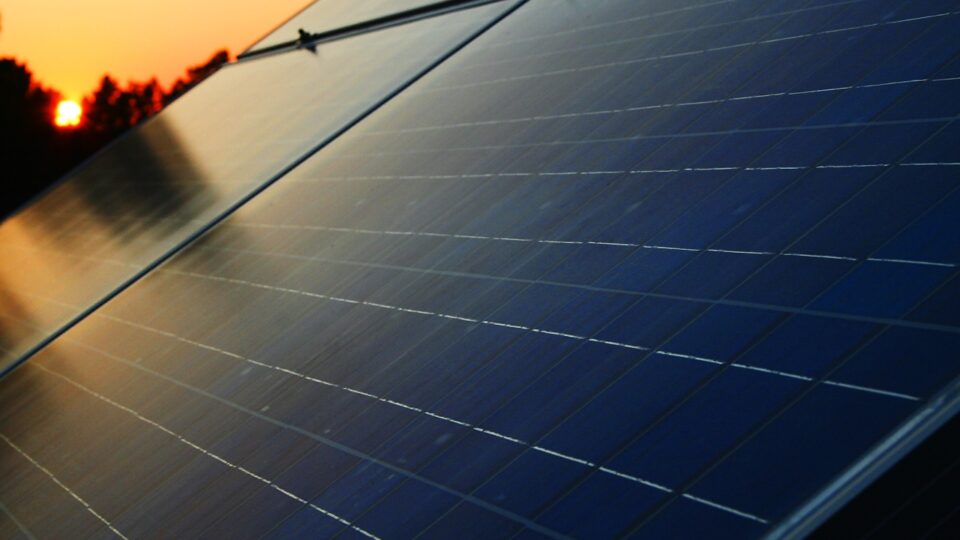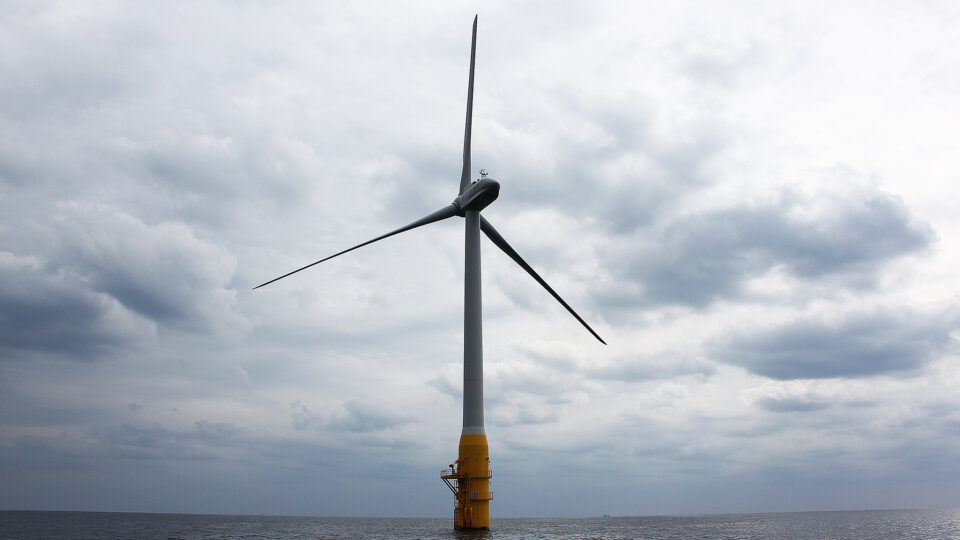According to new data from the Federal Energy Regulatory Commission, solar and wind now make up more than 20% of the total US electrical generating capacity. Adding up all renewable energy sources – which also include biomass, geothermal, and hydropower – renewable energy is now nearly 30% of the total electrical generating capacity in this country.
During the first five months of 2024, 10.669 gigawatts of solar and 2.095 gigawatts of wind power came online. There were also 212 megawatts of hydropower and 3 megawatts of biomass added to generating capacity. All told, renewables constituted 89.91% of new generating capacity added this year. This does not include 1.1 gigawatts of nuclear power added at the Vogtle-4 reactor in Georgia.
Solar power is booming. The amount added this year was more than double the amount added over the same period last year. Solar has been the largest source of new generating capacity for nine months straight. Wind was the second largest.
About one-third of US solar capacity is in the form of small-scale – that is, rooftop – solar. The statistics quoted in this report do not take that into account. If it was included, solar plus wind would be closer to 25% of the US total.
Predictions are that over the next three years, nearly 90 gigawatts of additional solar power will be added to the grid as well as 23 gigawatts of wind power. Over that period, coal, natural gas, and oil are projected to shrink by more than 20 gigawatts.
**********
Web Links
Solar and wind now make up more than 20% of US electrical generating capacity
Photo, posted October 28, 2016, courtesy of Daxis via Flickr.
Earth Wise is a production of WAMC Northeast Public Radio


